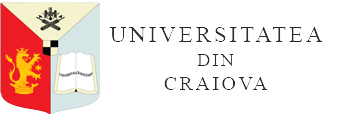THE WEATHERING PRODUCTS CREATING GOOD VITAL ENVIRONMENT TO BIOTA FOR BETTER DELIVERY SOIL ECOSYSTEM SERVICES
DOI:
https://doi.org/10.52846/aamc.v53i1.1500Abstract
There is little information about the plasmic constituent intimate arrangement of the Phaeozem groundmass. In this respect, a micromorphological investigation of a Vertic Phaeozem (located in Perchiu Hill) was performed.
The research results emphasise the presence of many types of striated birefringent fabric (b-fabric) in the groundmass of the pedogenetic horizons, induced by the swell-shrink processes (and representing criteria for the quantification of stress processes in Vertisols and vertic subgroups) as: porostriated and granostriated b-fabric, are rarely and weak developed; and both reticulate and parallel striated b-fabric developed on short distances. Into the pedogenetic horizons, rock fragments also appear in different degrees of weathering and integration into the groundmass, emphasising different evolution steps in the solification process. The linear and cross-linear alteration types of the rock fragments induced optical orientation of the clay domains similar to the different types of the striated b-fabric.
It could be concluded, that the b-fabrics, which are generally used as criteria for the quantification of the swell-shrinking processes stress (that disturbed the plant roots development and the soil life environment) also formed in situ from the strong weathered rock fragments. Consequently, the striated b-fabric generated by the weathering process created a friendly environment in soil and underlined a less stress forces (during the swell-shrink processes) in the studied soil.
The weathering products enriched the soils in the most precious constituents (the clay and nutrients) responsible for soil fertility, and further creating a good vital environment for biota to better delivery the soil ecosystem services.


